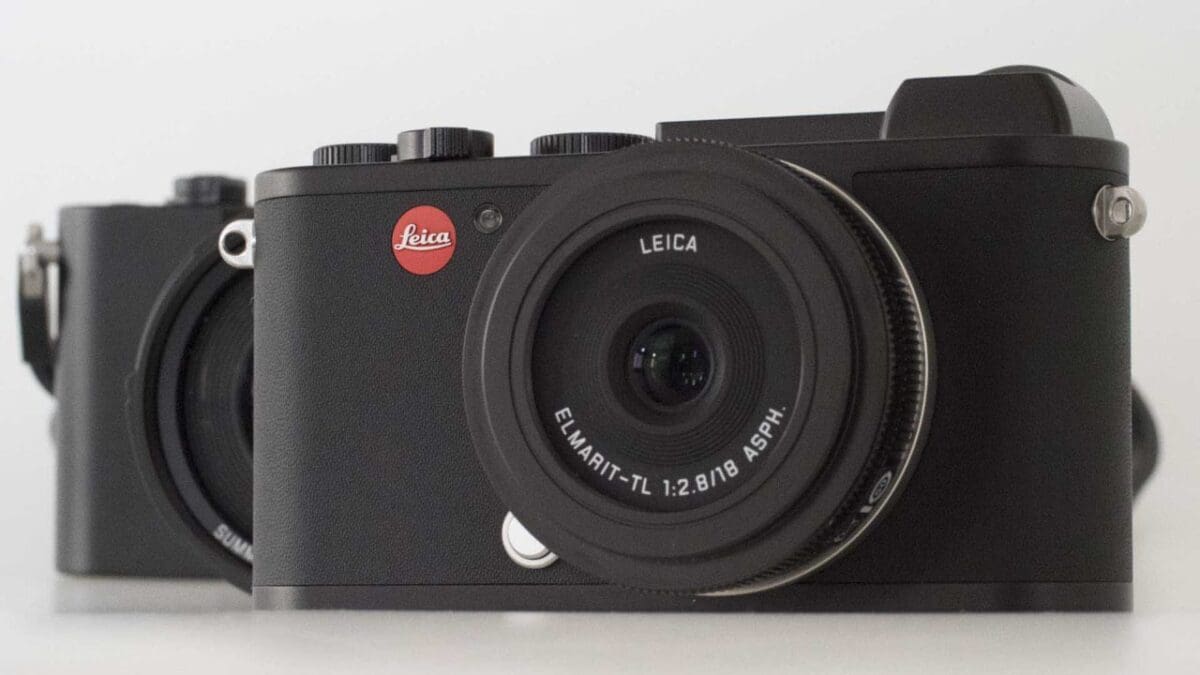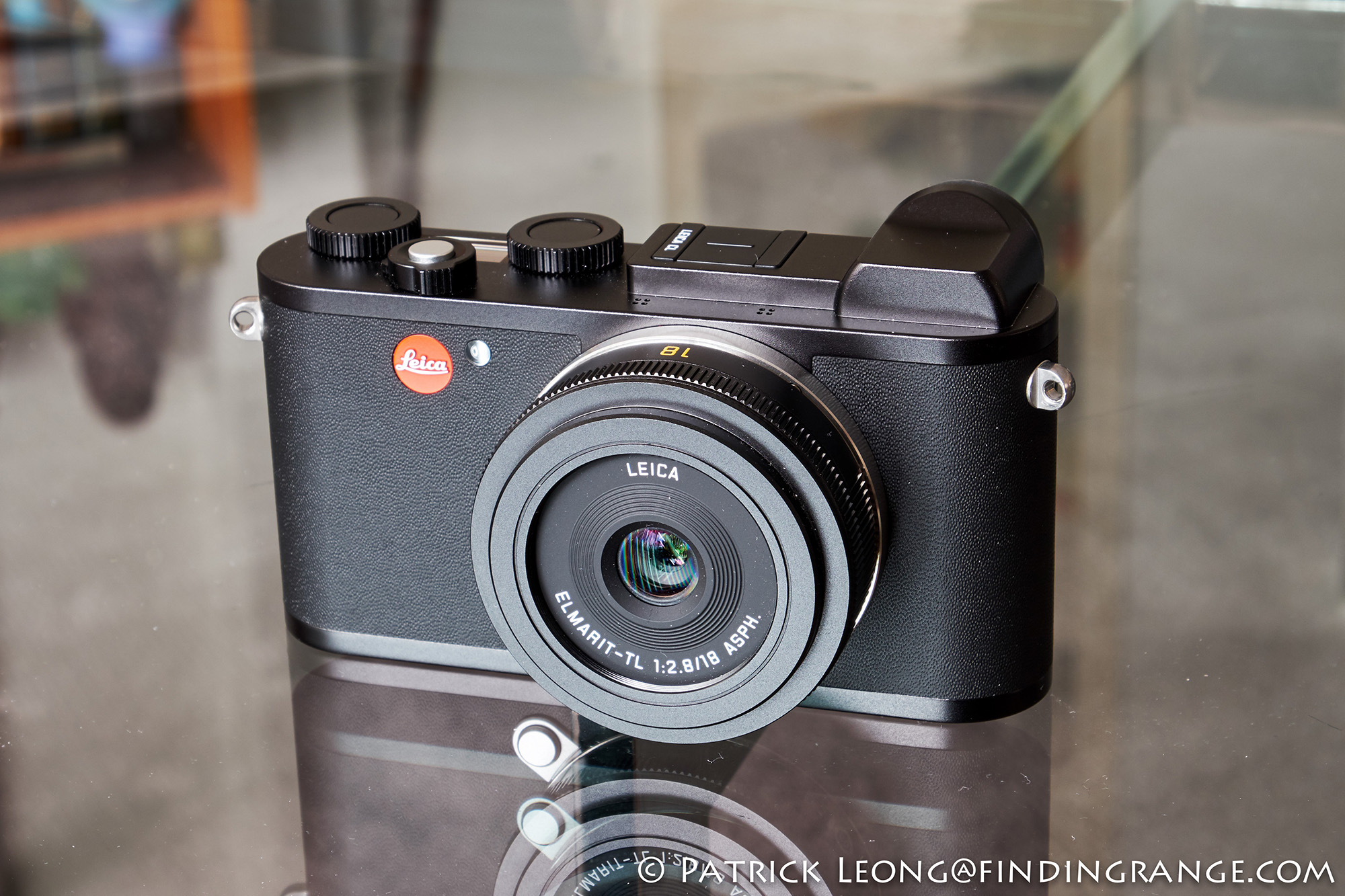
A Leitz Elmarit-C 40mm f:2.8 was also briefly produced but it is said that only 400 were made.

Both take the uncommon Series 5.5 filters.

The CL was sold with two lenses specially designed for it: the Leitz Summicron-C 40mm f:2 sold as the normal lens, and the Leitz Elmar-C 90mm f:4 tele lens. Some users report the camera is rather fragile, especially the rangefinder alignment and meter mechanism.
#Leica cl full
This is too short for accurate focusing with lenses longer than 90mm and fast lenses used at full aperture. The rangefinder base of the CL is 31.5 mm and the viewfinder magnification is 0.60, leading to a small effective rangefinder base of 18.9 mm. Today the CL is a superbly compact and quite cheap camera on which to mount M lenses, but it does not have a rangefinder as precise as that of any Leica M body. The 40mm frameline is always present and the 50mm or 90mm frame line is automatically selected upon mounting of the appropriate lens. The finder's framelines are for a 40mm, 50mm or 90mm lens. The shutter speeds are visible in the finder.
#Leica cl manual
The exposure is manual and the shutter is mechanical. There is a through-the-lens CdS exposure meter mounted on a pivoting arm just in front of the shutter, like the Leica M5. The Leica CL has a vertical-running focal plane shutter, with cloth curtains, giving 1/2 to 1/1000 speeds.

Both the Leica CL and Leitz Minolta CL were manufactured in Japan. It was released in the Japanese market in November 1973 as the Leitz Minolta CL. It was developed in collaboration with Minolta and appeared in April 1973. The Leica CL is a 35mm compact rangefinder camera made by Leitz with interchangeable lenses in the Leica M mount. Rangefinder: coupled, combined (ERB = 18.9 mm)Įxposure meter: TTL, CdS cell, spot metering


 0 kommentar(er)
0 kommentar(er)
